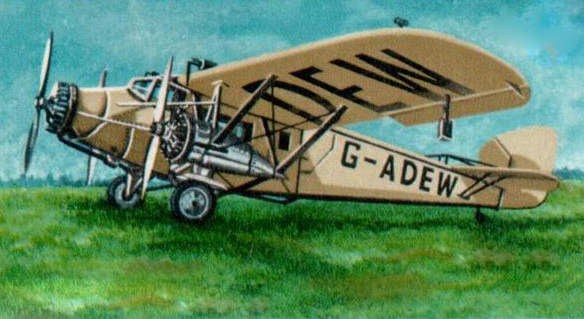Crash of an Armstrong Whitworth AW.41 Albemarle I in Bournemouth: 3 killed
Date & Time:
Dec 6, 1943 at 1115 LT
Registration:
P1434
Survivors:
Yes
Schedule:
Bournemouth - Bournemouth
Crew on board:
4
Crew fatalities:
Pax on board:
0
Pax fatalities:
Other fatalities:
Total fatalities:
3
Circumstances:
The crew was performing a training exercise from/to Bournemouth-Hurn Airport. On final approach, the right engine failed due to a lack of oil pressure. The captain abandoned the approach and started a go around. During the second attempt to land, the aircraft turn onto its back and crashed in a field located short of runway. Three crew members were killed while the fourth occupants was injured.
Probable cause:
Failure of the right engine caused by the collapsing of the cylinder number 4 due to a piston ring fracture.








